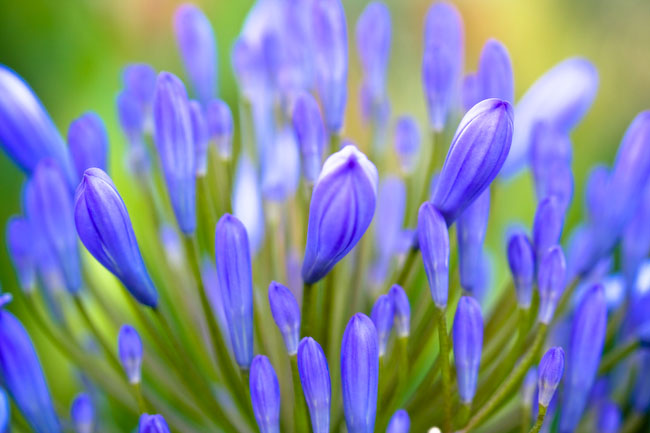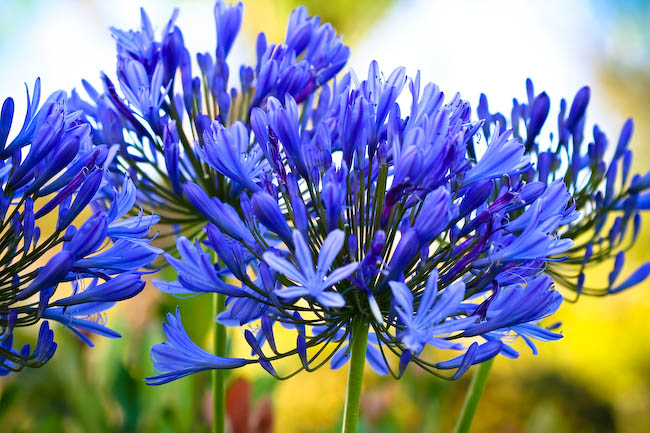


Some floral photography notes:
1. I NEVER use flash. NEVER.
2. When I'm taking super close-up (macro) flower pictures, I ALWAYS use a tri-pod. ALWAYS. (and when I don't, the picture is blurry every time).
3. I especially needed a tri-pod for these particular photos, because it was near twilight, thus low light.
4. Low light means I need a slower shutter speed (in order to let in more light), but because it was windy outside (it's always windy here, sigh.) I needed the shutter speed to be fast enough to "freeze" the action. So to buy a faster shutter speed, but still let in enough light (because I'm not using the flash, remember!!), I bumped the ISO to a higher number (in this case, from 100 to 400).

7 comments:
I have such a hard time figuring all that out. I suppose reading the instructions would be helpful. I don't like the flower pictures I take that end up with flash. I usually just do it with good sunlight.
My camera often tells me I need flash, but I refuse to use it at times. I like the non-flash look, more natural, at least unless it's REALLY REALLY dark. :o)
GORGEOUS. Just GORGEOUS.
Thanks for including comments on how you get your shots.
Very beautiful photos, again. Great colors.
Vibrant! I love it!
I love your tutorials...now I need to go practice them!
Beautiful!
Post a Comment